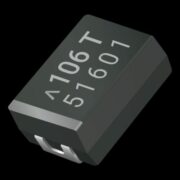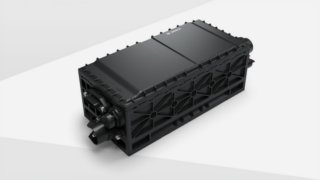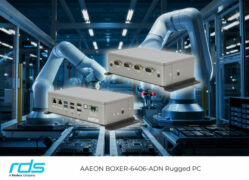The typical consumer thinks of printed circuit boards as little green rectangles with tiny attached parts. They are partially correct, as the PCB could look that way, but they don’t always have to be green. Printed circuit boards come in several shapes and sizes.
The printed circuit board connects electronic components, and are manufactured with non-conductive materials. The features are printed on copper sheets with several lines and layers. PCB manufacturers can print on both sides or several layers.
Today’s PCBs can be stiff or flexible, and they can have parts that have various degrees of flexibility and rigidity. They can be put into massive machinery or tiny electronics.
Numerous industry-specific items rely on printed circuit boards, and several everyday items do, too. These are three common devices that depend on printed circuit boards.
Microwave Ovens
No modern kitchen in a home and office is complete without a microwave oven. But it wasn’t too long ago that the ubiquitous microwave oven was a luxury item with a massive price tag. The earliest microwaves from the mid 20th century with price tags over $1000 had PCBs, and the ones with $100 price tags today do, too.
The printed circuit board in your microwave does an important job. When you push the buttons on the outside, the PCB sends the message to the technology in the microwave. Then, the technology heats your food for the time and temperature you choose. The PCB in a microwave oven is usually about 2”x4”.
Unfortunately:
Since microwave ovens are so affordable, most people throw away the small appliances if the PCB stops working.
But, replacement PCBs are available, and DIY engineers can make their own with a block diagram, a soldering iron, and parts like magnetrons, drive mechanisms, and HV diodes.
Some microwave oven manufacturers sell replacement PCBs for customers who would rather repair their appliances rather than dispose of them.
Small Mobile Devices
Small mobile devices like smartphones, smartwatches, and digital cameras have printed circuit boards. While the PCBs in microwave ovens is the size of the control panel, the PCBs in mobile devices are tiny.
These small boards with thin layers of laminated copper connect the external hardware – what the consumer uses – to the technology on the inside.
While 35mm film is still available, finding someone to develop it is challenging. So, if you want to use a camera, digital is the only viable way to go.
Of course, many people only use their smartphone cameras, but photographers who want a professional look turn to digital cameras, both point-and-shoot and SLR models.
Combining camera optics and digital technology, most digital cameras rely on two layers of PCBs with a third layer of camera components. The PCB layers are on the top and middle, with the mechanical components on the bottom.
The PCB is what delivers the image the optics capture to the liquid crystal display screen on the back of the camera.
The mechanical components of the digital SLR camera are similar to what the original SLR cameras had. The big difference is that the parts are packed tightly in the digital version, so the electronics can have some space in the compact body.
With a PCB:
Digital cameras have become more like appliances than artistic tools.
Household Smart Technology
Homes rely on several digital products to keep residents safe and comfortable. Nearly every small appliance, from smoke detectors to digital thermometers rely on printed circuit boards.
Even the small security doorbell cameras use tiny printed circuit boards, and they have to be resistant to all types of weather conditions.
The PCBs that provide home safety or control thermostats have to be reliable, as they work 24 hours per day. The requirements for these PCBs are different than those in a microwave oven or a digital SLR camera that only run when needed.
The latest digital home technology is designed to be convenient and economical. Take the smart thermostat, for example. These smart thermostats are the home to tiny computers that learn from the habits of homeowners who can set temperatures from the convenience of their phones.
Homeowners with digital thermostats save money on utilities, especially when compared to energy costs with traditional thermostats.
The PCB boards help the homeowner communicate with the thermostat’s computer. These thermostats can communicate with other smart technology, like hubs, doorbell cameras, televisions, ovens, and vacuums.
A Century of Innovation
PCBs have been used for nearly 100 years. Many of the earliest PCBs were used in radios and proximity fuses during World War II. After the end of WWII, PCBs entered into commercial products, especially in auto manufacturing.
Now, it is nearly impossible to find any electronics item that does not use PCBs. Nearly 100 years after the first prototypes were built, the newest PCBs can be made by high-tech 3D printers, speeding up the process and creating more opportunities for innovation.










